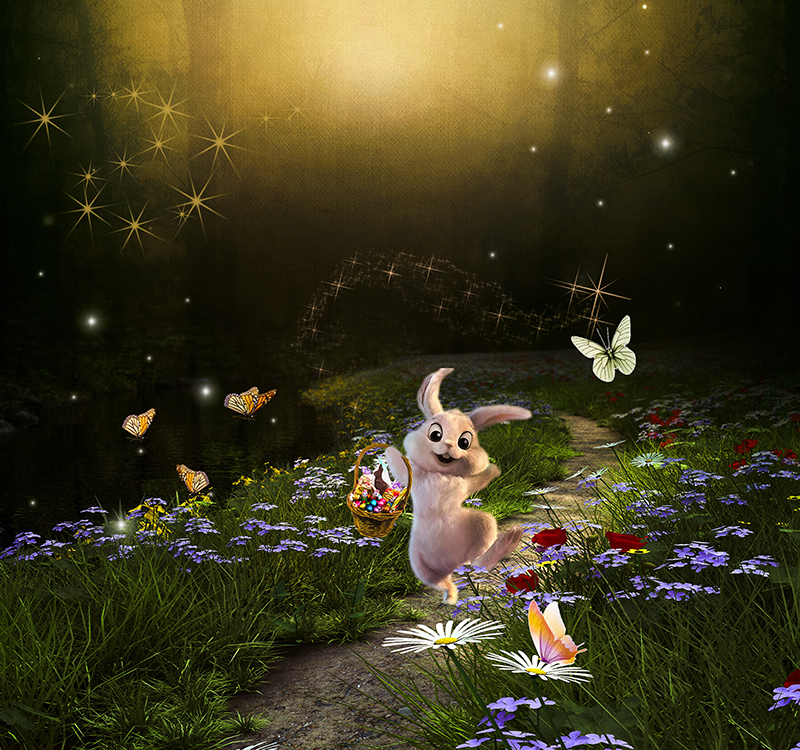
Ladies and gentlemen, I have an announcement to make. I have decided to leave the comfortable and begin a new adventure.. As of July 2019, I have joined disguise (disguise.one) as Senior Training and Support Specialist-Americas!
Wow, what a month this has been for me. Why? Well, for starters, I’m a lighting programmer at heart. For as long as I’ve been in this business, which began with a fateful decision I made in college to switch my major from mathematics to theater, I’ve had the passion for lighting design. And I’ve been fortunate in my career to work with many of the best programmers and designers over the years, learning my craft, honing my skills, and training others. So, how did I find myself crossing over into the world of video and media content? And maybe an even bigger question is, why?
LD-Plus
For me, the journey into the world of programming media servers began during my career at High End Systems, when Catalyst was developed and launched. I knew nothing about video back then, so I had to do a lot of research, seeking out as much knowledge and information from as many sources as I could so that I could properly support the product for Catalyst’s users. This began my affection for programming media servers, and it would also lead to the foundation for my book on the topic, Media Servers for Lighting Programmers. And, all of the research and the experience with programming media content has also enabled me to continue to grow as a designer. But not just as a lighting designer; instead, I’ve been increasingly moving toward a new role for several years now, the role of Visual Designer, simply as a result of the trend in live events using more and more types of LED fixtures and LED walls and blending these lighting and video elements into media-centric scenic designs.
The term, visual designer, fits many of us former lighting programmers who’ve crossed over into the world of media server programming over the years. It probably started because we’ve usually found ourselves behind LED fixtures like MagicPanels and thought, “I want to map video to that.” So we added a media server to the control package, created pixel maps, and merged that data back into our DMX stream. But as shows continued to grow in complexity, and the sheer number of LED fixtures on a project increased due to creative LED sources like Sceptrons, separating video LED elements from stage lighting fixtures has become more and more necessary. And while the workflows are similar, they are not exactly the same, so separating them onto separate desks has meant finding a media server programmer who can use a DMX console. Thus, my breed of programmer found a home.
Another reason media server programmers play a big part in the pre-production stages of a project is because oftentimes it’s through the use of 3D applications and pre-visualization programs that we communicate ideas to our clients, and we also use these same apps to program the show before arriving at rehearsals. From a budget standpoint, it’s way more cost effective than setting up all the gear in a warehouse and programming for a few days, of course; but from the standpoint of giving the client a sense of scale and to ensure confidence in their own decisions, the value of previz is immeasurable.
Merging Disciplines
As projects increase their demand for media content, better workflow solutions have become the focus for developers of media server control and design software. Media servers are evolving, and users are beginning to push these programs into their creative workflows that begin during the early conceptual phases of a project, way before programming the show begins. Collaboration between software apps like Vectorworks and MA3D have also opened the door a bit to better workflows by allowing easier import and export of 3D objects between programs. How does this relate to being a visual designer? Because as lighting programmer, I’m already familiar with these types of lighting programming and design tools, and I can now use them effectively for folding video and LED elements into the designs.
So as I begin this next chapter of my career, I realize how fortunate I’ve been to be in this business, in the right places at just the right times to be able to see this evolution unfold in front of me. I’ve had opportunities to grow, and I’ve remained vigilant toward progressing in knowledge and experience, pushing myself to experiment and try new products as they enter the market and putting them on who-knows-how-many projects I’ve designed so I can take ‘em for a spin. I hope to always continue learning, growing and evolving as the demands of this business changes. And this is exactly why I decided to join disguise earlier this year! When I look out on the horizon of entertainment, the one product that is frequently involved or has the potential to be involved in most projects is disguise software and servers. The direction of the company, both in its commitment to new ideas and to its growing community of users, suits me to a T. And I’m super excited to be a part of the team now, teaching new users how to unleash their creativity as well!
Wonderland Beckons
This quote from Lewis Carroll’s 1865 novel, Alice in Wonderland, seems apropos:
“Would you tell me, please, which way I ought to go from here?”
“That depends a good deal on where you want to get to,” said the Cat.
“I don’t much care where—” said Alice.
“Then it doesn’t matter which way you go,” said the Cat.
“—so long as I get somewhere,” Alice added as an explanation.
“Oh, you’re sure to do that,” said the Cat, “if you only walk long enough.” —From Chapter 6, Pig and Pepper
I want to see where the path leads, don’t you? So keep walking! And stay “curiouser and curiouser” friends!


